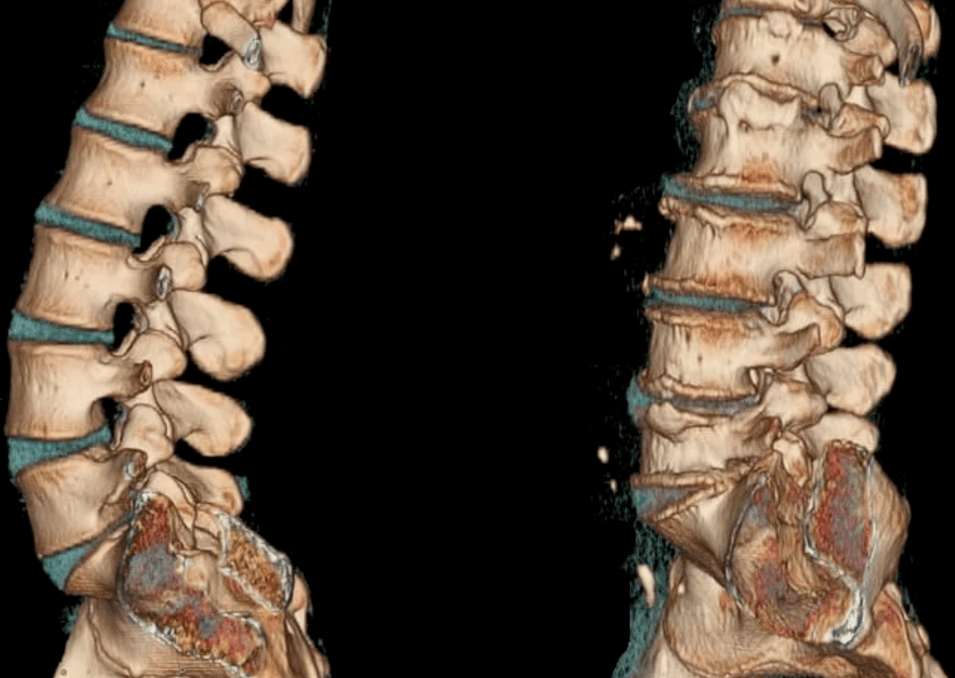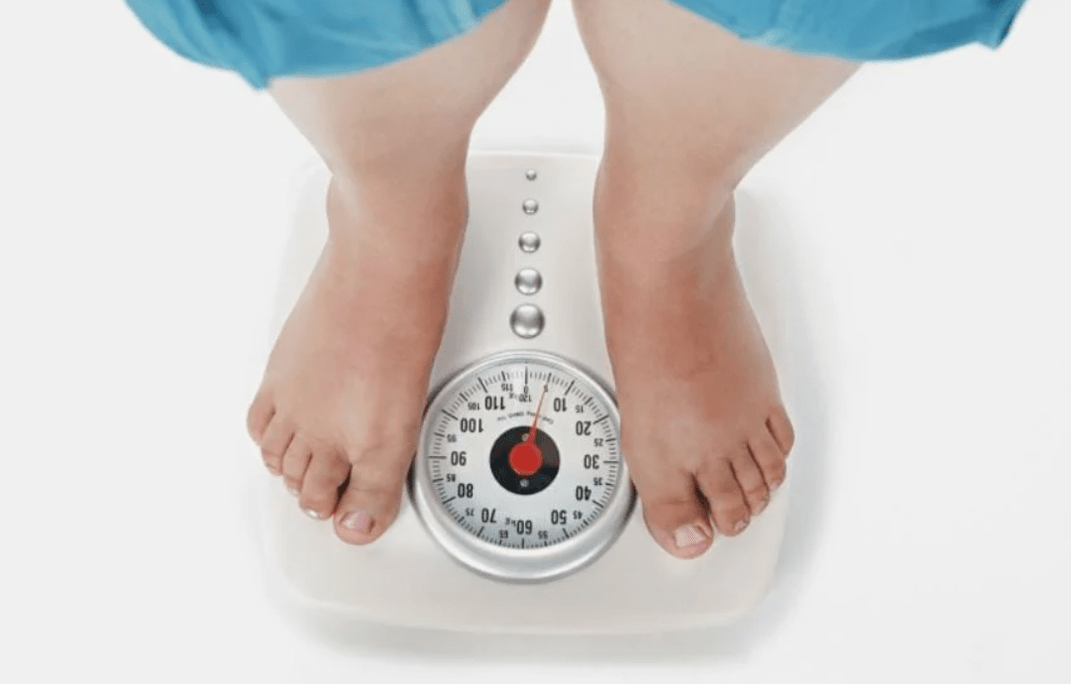Osteocondrosis is a chronic recurrent disease that occurs against the background of the constant destruction of vertebrae and intervertebral discs.Depending on the location of the vertebrates subjected to degenerative changes, they distinguish between breasts, lumbosacral pathology, as well as the neck.The main symptoms of osteocondrosis are pain, whose gravity increases during physical effort, the rigidity of the movements.In the clinical picture, there are often vertebral signs: headache, jumps to blood pressure, a decrease in visual acuity and hearing.

The diagnosis is based on the results of instrumental research: radiography, magnetic resonance imaging, ct.In the therapy of osteocondrosis, drugs of various clinical and pharmacological groups are used.To increase their clinical efficiency, physiotherapy and massage procedures are performed.One of the main therapy and prevention methods are physiotherapy exercises.
The disease development mechanism
The pathogenesis of osteochondrosis is based on the loss of Polposus by the nucleus of its hydrophilic properties.This semi -liquid structure is made up of fiber and connective tissue jacket.As a person grows, there is a decrease in the vascular canal in each disc between the vertebrae.The intake of nutrients occurs in a widely way, that is, according to the principle of spontaneous leveling of concentrations.This explains the impossibility of the complete restoration of cartilaginous tissues after injuries or excessive physical effort on the spinal column.
Osteochondrosis processes aggravate changes in the hormonal background and an unbalanced diet.The amount of nutrients sufficient for their full operation does not enter the cartilage tissue, which causes the following disorders of their structure and property:
- strength and elasticity are lost;
- The form, consistency and modification of the configuration.
The intervertebral discs are flattened and the radial cracks are formed in fibrous rings.This causes a reduction in the distance between the nearby vertebrae.Gradually, the connective tissues of rings and fibrous ligaments are involved in the pathological process.In response to the decay of the tissues, the immune system begins to produce immunoglobulins, which leads to aseptic inflammation and the formation of edema in the articulation of the joints and soft tissues located nearby.The joint capsules are elongated, therefore the intervertebral discs cease to reliably repair the vertebrae.And with the instability of the intervertebral segments, it increases the probability of violation of the nervous root or squeezing the blood vessel.This often occurs with cervical osteochondrosis and causes its pronounced symptoms.
Causes and provocative factors
On the state of the intervertebral discs, the reduced tone of the skeletal muscles of the spinal column affects negatively.The irrational and asymmetrical functioning of the muscles occurs with a prolonged person in a non -physiological position, for example, with a head down while working on the computer.The destruction of cartilaginous tissues can be caused by the constant wearing a heavy bag on a shoulder, a dream on a soft mattress and a high pillow.
The following negative external and internal factors also accelerate the destruction of the intervertebral records:
- Endocrine and metabolic disorders;
- Infectious pathologies, in particular chronic;
- previous spinal lesions (compression fractures, bruises);
- frequent hypothermia;
- The presence of systemic or degenerative-right diseases, psorial arthritis, rheumatoid, osteoarthritis, osteoporosis.

If a person has bad habits, then he is at risk.The smoking and abuse of alcohol worsen the state of the blood vessels, lead to insufficient blood circulation and the lack of nutrients in the fabrics of the cartilage of the discs.
In the presence of plates or club feet, the risk of developing osteochondosis of any location increases significantly.These congenital or acquired defects become the reason to increase the load on the spine due to the impossibility of guaranteeing adequate amortization with the support.The factor preparing for the emergence of the pathology is obesity.
With the deposition of adipose tissues in various parts of the body, the support for balance is complicated, which leads to the effects of excessive loads on the intervertebral joints.
Clinical image
The first clinical manifestation of cervical osteochondosis, chest or lumbar is back pain.During recurrence, it is permeable, radiating in the nearby part of the body.The slightest movement leads to an increase in the severity of pain syndrome.A person's response is the adoption of a forced position in which the intensity of uncomfortable sensations is minimal:
- People with cervical osteochondosis prefer not to remove their heads, but the whole body;
- With a breast pathology, a person is even afraid of making a complete breath, since this becomes the cause of acute pain in the thoracic region;
- Patients with lumbar osteochondrosis are difficult to sit, get up and go due to the violation of the spinal nerve.
Most patients complain with the doctor of stupid constant pain and a sense of binding movements in the morning.This requires a further differential diagnosis to exclude myosite (inflammatory process in the skeletal muscles of the back) and arthrosis.The reason for the apparition of painful and pressing pain is the compensatory stress of muscle tissue to stabilize the segment of the vertebral motor concerned.The constant pain syndrome of weak or average gravity also occurs due to a significant trait of the intervertebral disc and the development of aseptic inflammation.
For osteochondrosis of a certain location, the specific symptoms are characteristic.For example, with lumbar pathology, lumboyshialgia often occurs: an attack on pain in the lower and rear part of the thigh.The thoracic osteochondrosis occurs clinically from visceral pains in the cardiac region, the right hypochondrium, the stomach, the numbness, the increase in skin sensitivity, the creak in the vertebrae.But the most pronounced and different symptoms are distinct from a pathology that affects cervical intervertebral discs.
As a result of the movement of the vertebrae, the formation of osteophytes, the vertebral artery is compressed, which feeds the brain cells, which provides them with oxygen.A person suffers from violation of the coordination of movements, noise in the ears, headache, arterial hypertension.
What can be in the absence of treatment
Most of the complications of the osteocondrosis occur due to the formation of hernia of the intervertebral disc.It is formed when this vertebral structure is moved, which leads to a break of the rear longitudinal ligament.The disc becomes even more unstable and part of it protrudes in the cerebrospinal channel.A hernia is considered an explosion if, in the process of its formation, together with the disc, its purpose chore penetrates the channel.
This pathological state of vertebrates predisposes to the compression of the spinal cord and the development of discogenic myelopathy.Clinically, the weaknesses of some muscle groups of the legs or arms, paresis, muscle atrophy, a change in the reflections of the tendon is manifested.You can also observe bladder emptying disorders and (or) intestine.As a result of the formation of intervertebral hernia, the arteries that feed the spinal cord are crushed.Ischemic areas are formed, in which all the nerve cells were killed.The neurological deficit thus called: the movements are violated, the sensitivity is reduced and Trothy is turned upside down.

Tactics of the treatment
Osteocondrosis is not suitable for complete care, since so far the drugs have not yet been synthesized, whose intake would help to restore damaged intervertebral discs and vertebrae.But the therapeutic patterns necessarily include chondroprotectors - symptomatic agents of a slow action.The preference is given to drugs with active chondroitin ingredients with sulphate and (or) glucosamine sulphate (hydrochloride).
The clinical effectiveness of these drugs is confirmed by the results of many years of research.With prolonged admission (from 3 months to 2 years), a partial regeneration of cartilage tissues occurs, as well as other connective tissue structures: ligaments, tendons, bournes.As they accumulate in the intervertebral discs of glucosamine and chondroitin, they begin to exercise an analgesic, decongestant, anti -meter pronounced effect.This allows you to reduce the doses of fans, glucocorticosteroids, relaxing muscle, thus reducing the pharmacological load on the body.
The drugs for the joints are ineffective with the irregular use or their use for the treatment of the osteocondrosis of the 3rd degree, when observing a significant destruction of the cartilage tissues.
To eliminate the symptoms that usually occur with cervical or breast osteochondrosis, the drugs are used to improve blood circulation, the nootropic, a drug that improves the microcirculation of the labyrinth used for the pathology of the vestibular system.
If necessary, antidepressants, anticonvulsants are included in therapeutic patterns.
In the treatment of osteocondrosis, physiotherapy procedures are used: UHF therapy, magnetotherapy, laser therapy.Reflexotherapy, massage, operating therapy, Irudotherapy, swimming, yoga are used.With the ineffectiveness of the conservative treatment, the patient is shown surgery.The practices are practiced by the disc, its laser reconstruction or the replacement of the system.

































